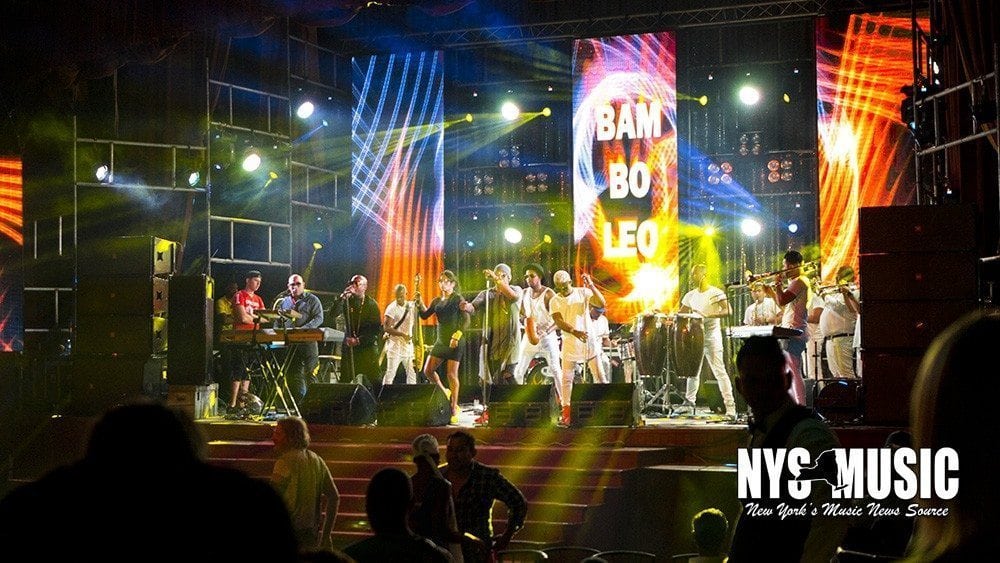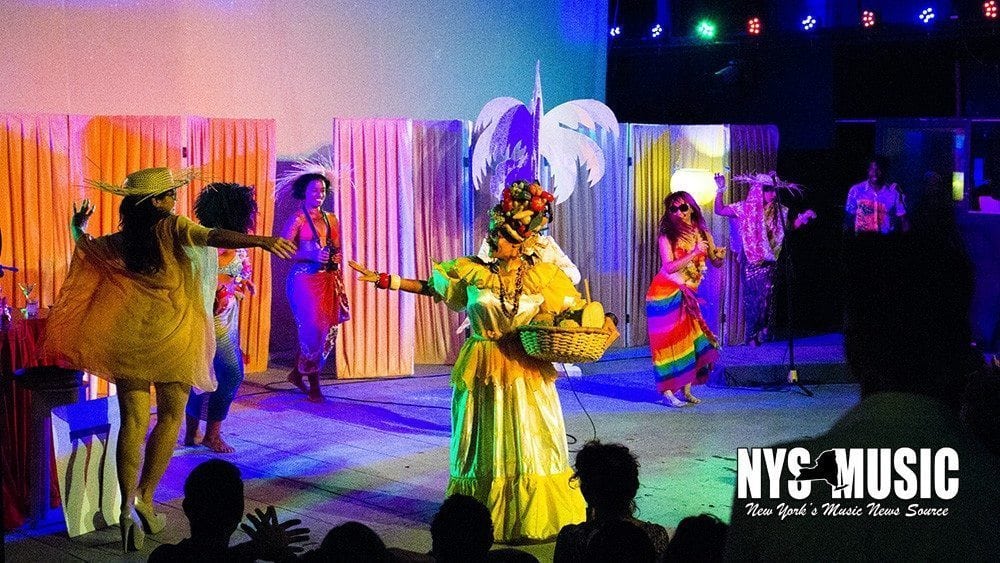NYS Music goes to Cuba is a multi-part series detailing Cuban music and culture, the impact of Western music on Cuban music and the potential for change given the recent pending normalization of relations between The United States and Cuba.
Let me get something out of the way: Cuba, a Caribbean island that until recently was illegal for Americans to visit, is not going to be ruined by the influx of Americans and tourists now that travel is (somewhat) permitted between the two countries. There will be some change in time, as all things are prone to change, but Cuba is not changing drastically as a result.
That was my mindset when initially considering a trip to discover what music was hidden away from American ears on the island, in the clubs and on the streets of Havana. It took about a day before I realized that while there will be some cultural influence shared between the two countries, Americanization will not take foothold to the degree some predict.
A time capsule of a city, Havana is a dichotomy of beautiful and tattered buildings side-by-side, where Wifi is slowly becoming available – thanks in part to President Obama’s recent visit (per Cuban’s who expressed their admiration for him), an upgrade for citizens in and around Havana – and examples of entrepreneurship are seen on a daily basis, with hostels popping up throughout the city (if you go, we recommend Enzo’s Backpackers), and merchants selling Rolling Stones shirts with the Cuban flag on the iconic ‘tongue’ logo. Even the filming of Fast and the Furious 8 shows signs of things changing in the city, but the original spirit and heart of Havana are intact and will assuredly remain so for years to come, even as the curio closed off to Americans for 55 years prepares for tourists fresh off cruise ships beginning to dock in Havana Harbor.

Staying in a tall apartment building overlooking Estadio Latinoamericano, on the evening of our arrival, my photographer and longtime friend Chris and I head out to Fabrica de Arte Cubano, a former cooking oil factory transformed into a multi-level center for the arts, including a multimedia art gallery and performance spaces for dance, music and theater. The creation of musician X Alfonso, with the backing of the Ministry of Culture, the venue is labyrinthine, with something around every corner, whether it be live performances, gallery pieces, performance art, or a Bohemian gathering of locals and tourist from across the globe sipping on drinks, it was a welcome surprise for our first night observing local culture and taking in as yet-undetermined musical offerings.
The first floor held a 500 person room with a DJ setup for later that evening, the entire room having a 90s dorm room feel and soundtrack – Black Crowes and Jay Z videos on a large screen, with décor to rival that of many clubs back home. Upstairs in the art gallery, odd photography is meshed with paint and various media, while a series of old, naked women on the beach with breasts exposed highlights the beauty of aging.
We head down into the largest room in the complex and find a drink and seat for a performance, which is first come, first serve and wherever you can manage to find a sit – a step, a chair, behind a riser… the area filled in calmly with a little buzz before “Night Club” began.

As the cabaret begins, a cue card girl holds up different numbers for the scenes, with scenes unfolding as such: a female lounge singer with a gritty voice welcomed the crowd; a woman performed a sultry tap dance; a male lounge singer sang a Salsa song; some interpretative tap dancing,; a guy in a tutu performing ballet with vibraphone and percussion as a backup; a woman with a fruit basket giving a confusing yet definitely suggestive performance; a simulated girl fight, and a full cast medley at the end. The audience talked and milled about, becoming part of the show passively, actively and unintentionally.
While we were in the minority with our nascent Spanish, even without knowing what they are saying or singing, you easily got the gist of the show through body language, scenery and context – the club is open for business, the various employees sing about the club, their work, drama ensues, drama is resolved, everyone dances, everyone is happy. It could be an episode of Sabado Gigante but it’s better. It’s not TV. It’s FAC.
Following the show, we head downstairs in Fabrica de Arte Cubano to the first room with the great décor. DJ Seycel comes on about midnight and the younger portion of the crowd remains for a house set with deep bass and various Latin and American hits mixed in. The main takeaway from the night is the overall focus on the music – hardly any phones are out beyond a photo here and there. No one is staring at their phone, and there are no glowsticks or candi kids, just straight dancing to the music. I miss that about shows back home – the focus and pure attention and dedication to the artist and his craft. I for one am guilty of that, and having no internet access for 8 days of travel is a very welcome vacation in itself.

We later find that this first glance at Havana and Cuban culture is not a diamond in the rough, but clearly one of the most unique multi-purpose venues that embraces a wide variety of art like few do. Fabrica de Arte Cubano brought to mind the MuseumsQuartier in Vienna, where numerous museums and performance spaces are found in one large enclosed area. Here in Havana, it is a sought after venue in the evening, open until 4am with lines forming early.

Performances starting at Midnight or later is something that we slowly get used to, and this later start time found between American and Havanan clubs is a cultural apparatus, where clubs do not begin to fill up until 11pm, and some shows not starting until as late as 1am, as we find out the next night in our pursuit of Salsa.


Comments are closed.